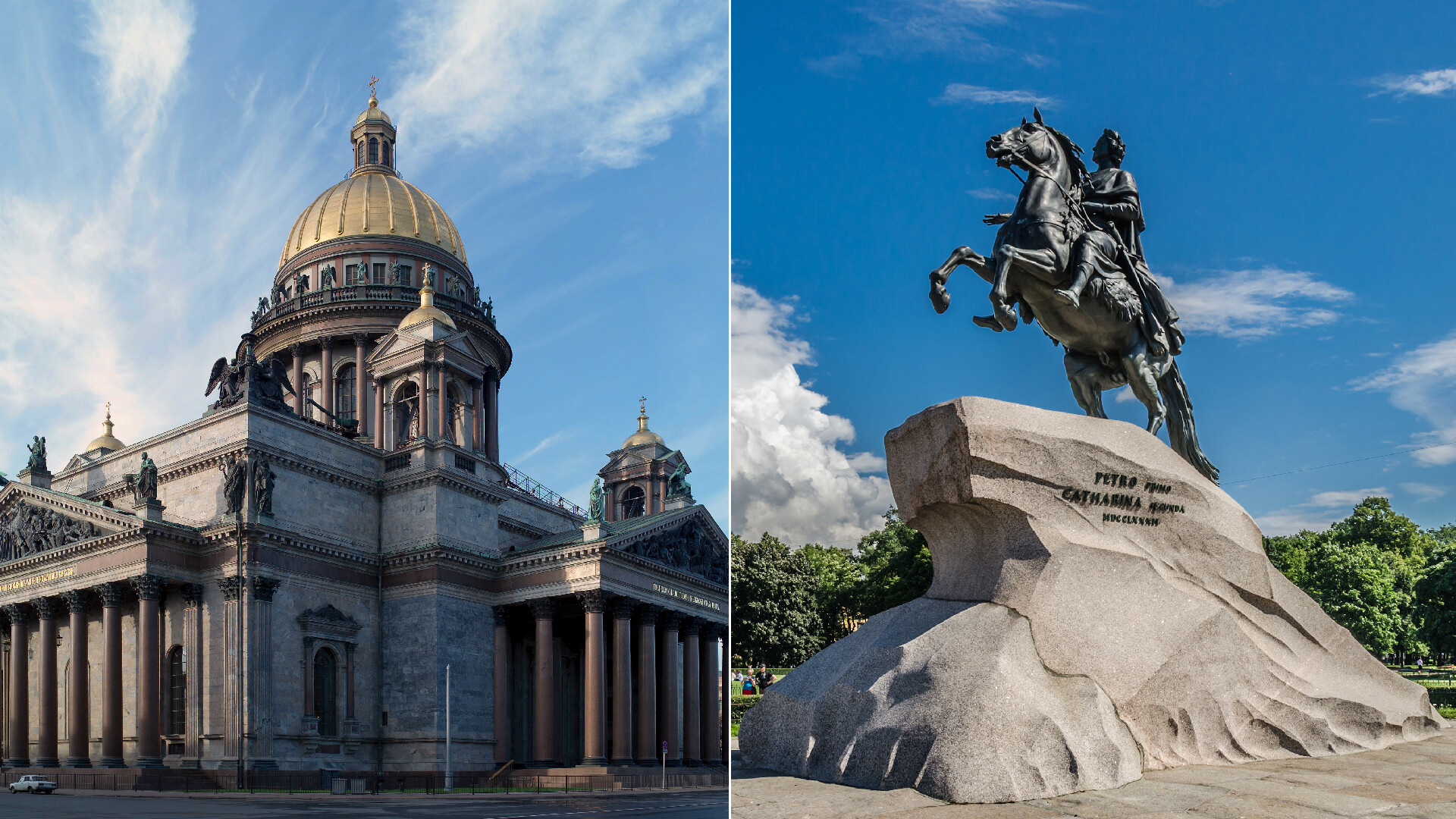
St. Petersburg is, perhaps, the absolute leader among cities by the amount of names and nicknames in Russia. Here’s the most popular of its other names – along with the history of their appearances.
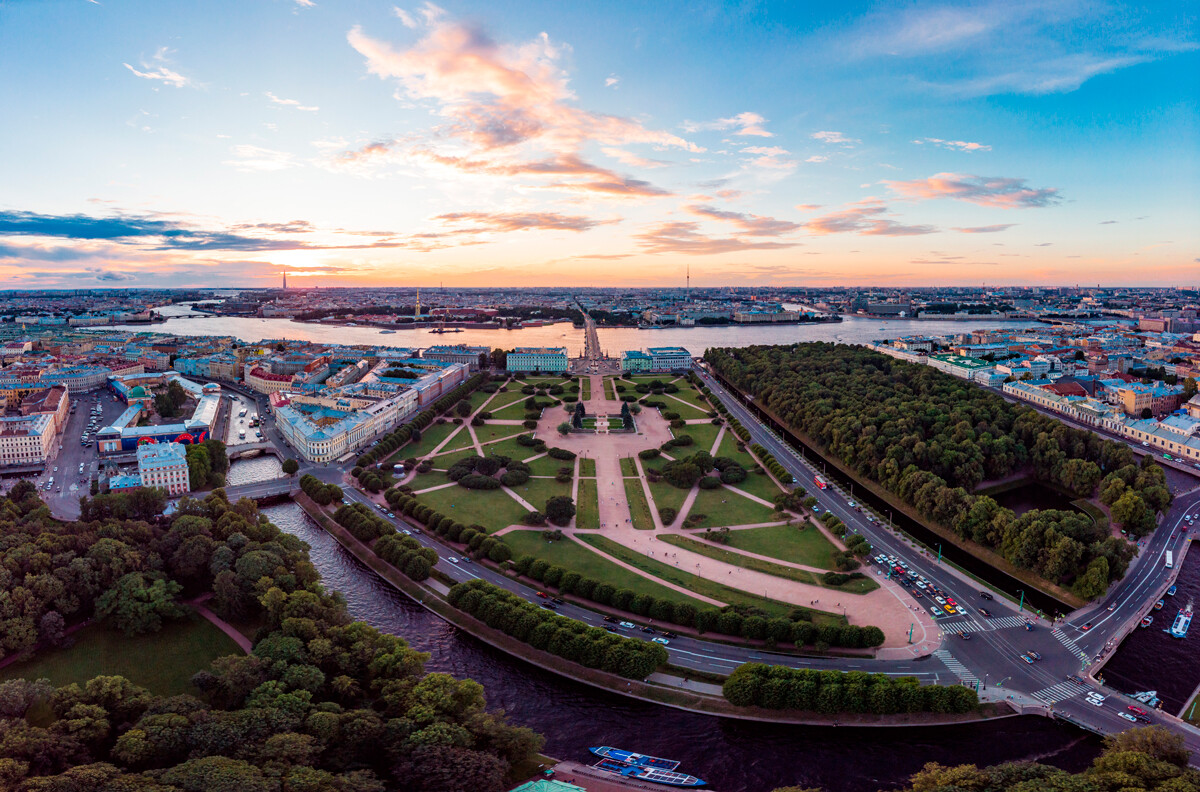
The Field of Mars
Legion MediaSt. Petersburg is the largest city on the shores of the Neva River and its entire history is the history of humans taming water. Over the course of three centuries, more than 300 floods have been recorded in St. Petersburg. The most devastating of them occurred in 1824 (the water level rose to 421 centimeters) and in 1924 (the water level reached 380 centimeters). Today, the city is protected from water by a system of dams and hydraulic engineering structures: they have been under construction for 32 years.
By the way, did you know St. Petersburg is situated on 33 islands? Read more here.
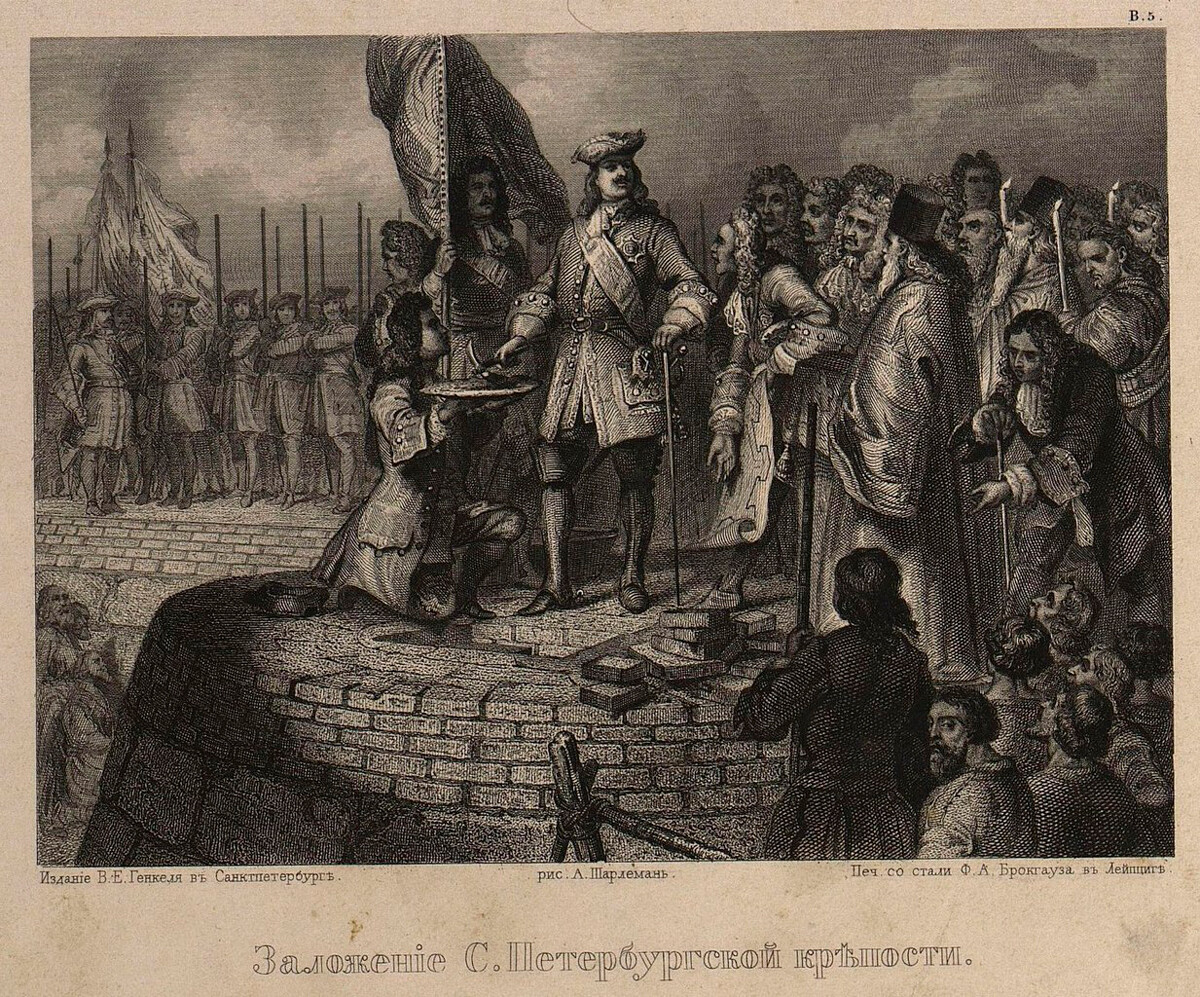
The Laying of the St. Petersburg Fortress (in 1703), reproduction of 1862
Adolf CharlemagneThis periphrasis, popularized thanks to poet Alexander Pushkin, refers to the founder of the city, Peter the Great. In 1703, he laid the foundation of a fortress on the territories conquered from the Swedes at the beginning of the Great Northern War (1700-1721). In 1712-1714, the tsar moved the administrative institutions to St. Petersburg, which was being actively built: this was a unique precedent when a capital of one state for nine years was formally relocated on the territory of another state. The conquered lands became de jure Russian only in 1721, after the end of the war and the signing of the Treaty of Nystad.
The monarch gave the city a name in honor of his heavenly patron, Saint Peter; however, in time, it grew to be associated with Peter the Great himself.
In this article we debunk some myths about the construction of St. Petersburg.

The Bronze Horseman
Alex 'Florstein' Fedorov (CC BY-SA 4.0)In the aftermath of the victory in the Great Northern War, Peter the Great didn’t just secure access to the Baltic Sea for Russia. St. Petersburg was designed according to the European city-building image of a capital, a port city. Having built it, Peter the Great integrated the country into the cultural and economic space of Europe.
The metaphor “the Window to Europe” was used by Pushkin in his poem ‘The Bronze Horseman’, and, with that, the phrase became an aphorism:
And here a city by our labor
Founded, shall gall our haughty neighbor;
‘Here cut’ - so Nature gives command -
‘Your window through on Europe; stand
Firm-footed by the sea, unchanging!’
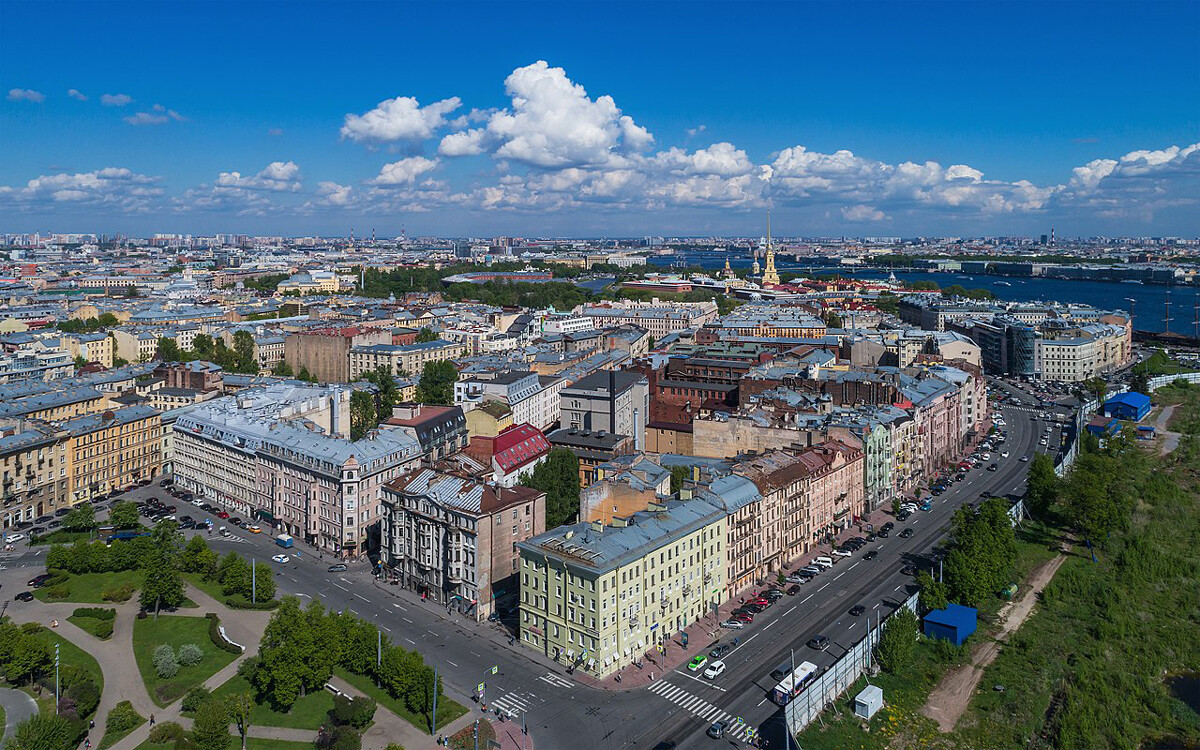
The Petrograd Site
A.Savin, WikiCommonsSt. Petersburg became Petrograd in 1914: with Russia entering World War I, it began to get rid of everything “German” and the name of the capital was “translated” into the Russian language. In 1924, it was changed again, but the Petrograd Island and the historic Petrograd Side district remained on maps.
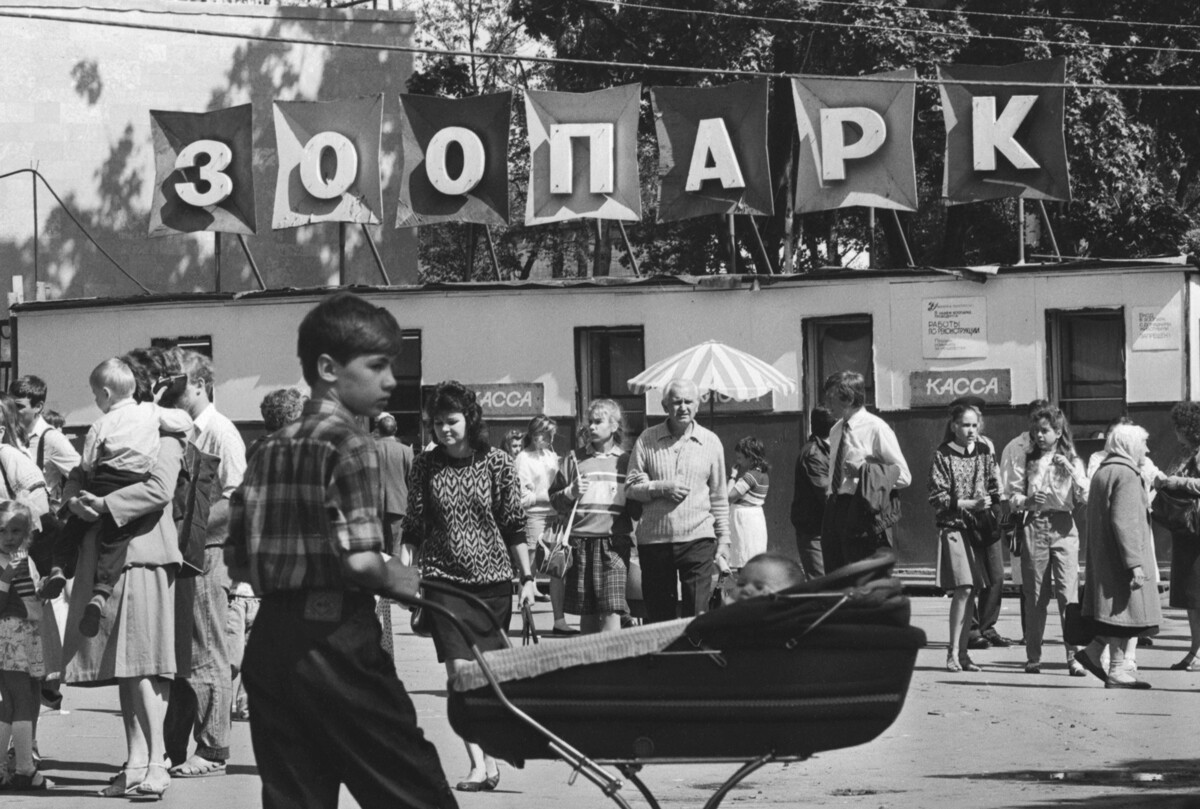
Leningrad, 1990
Maxim Blokhin, Ivan Kurtov/TASSThe city was named Leningrad in honor of Vladimir Lenin, who passed away in 1924. The city bore the name of the “leader of the Russian Revolution” until 1991. After the collapse of the USSR, its historic original name was restored. Nonetheless, the region surrounding the city continues to be called Leningrad Region; some other places also retained this name: for example, the Leningrad Zoo in St. Petersburg and the Leningrad Railway Station in Moscow. The representatives of the older – Soviet – generation still often call St. Petersburg Leningrad.
In general, cities in the USSR were often renamed in honor of Soviet leaders.
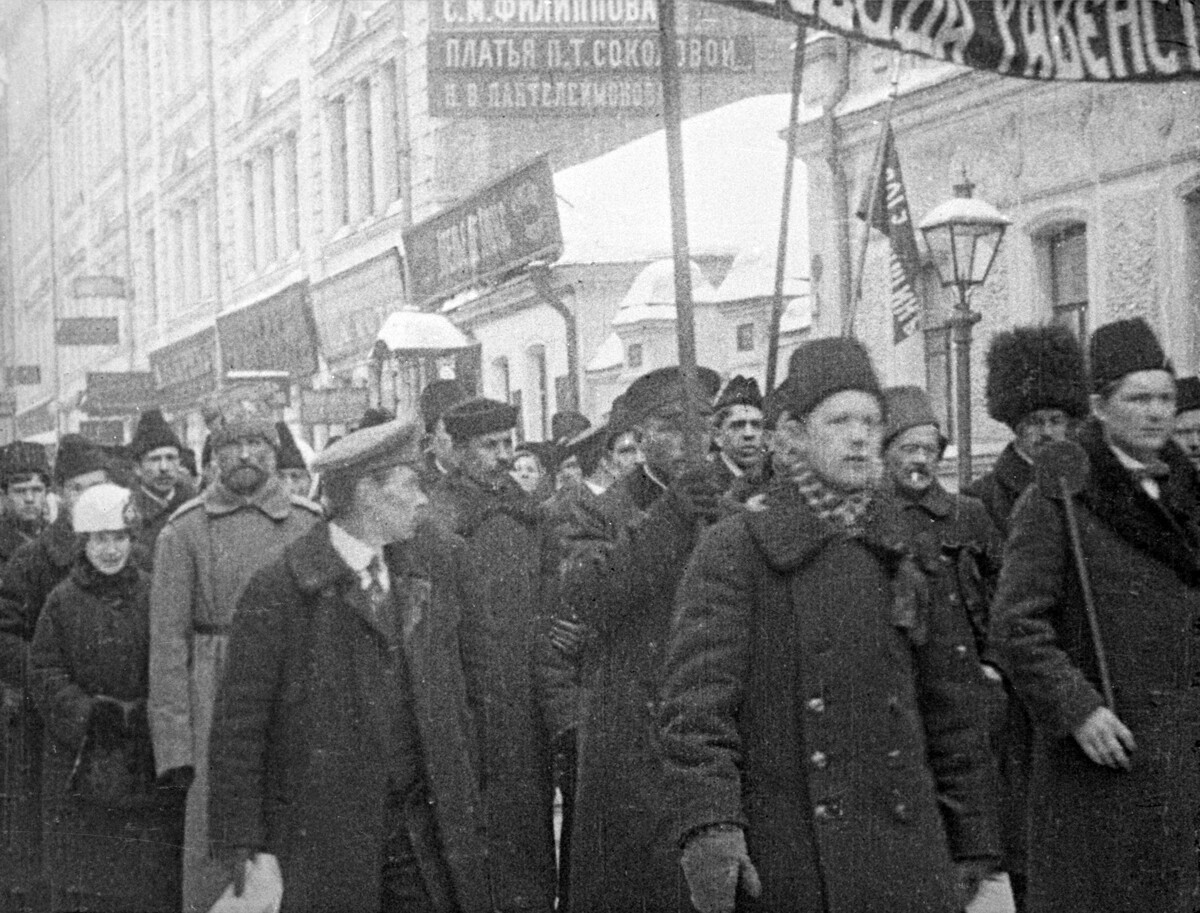
February Revolution
SputnikThis periphrasis stuck with the city in Soviet times, when the important meaning of a revolution as a prologue to the creation of the USSR was especially emphasized.
This name refers to:
Being the capital, St. Petersburg has many times become the birthplace of strike movements, mass protests and armed revolts and mutinies, which then spread across the territory of the country.
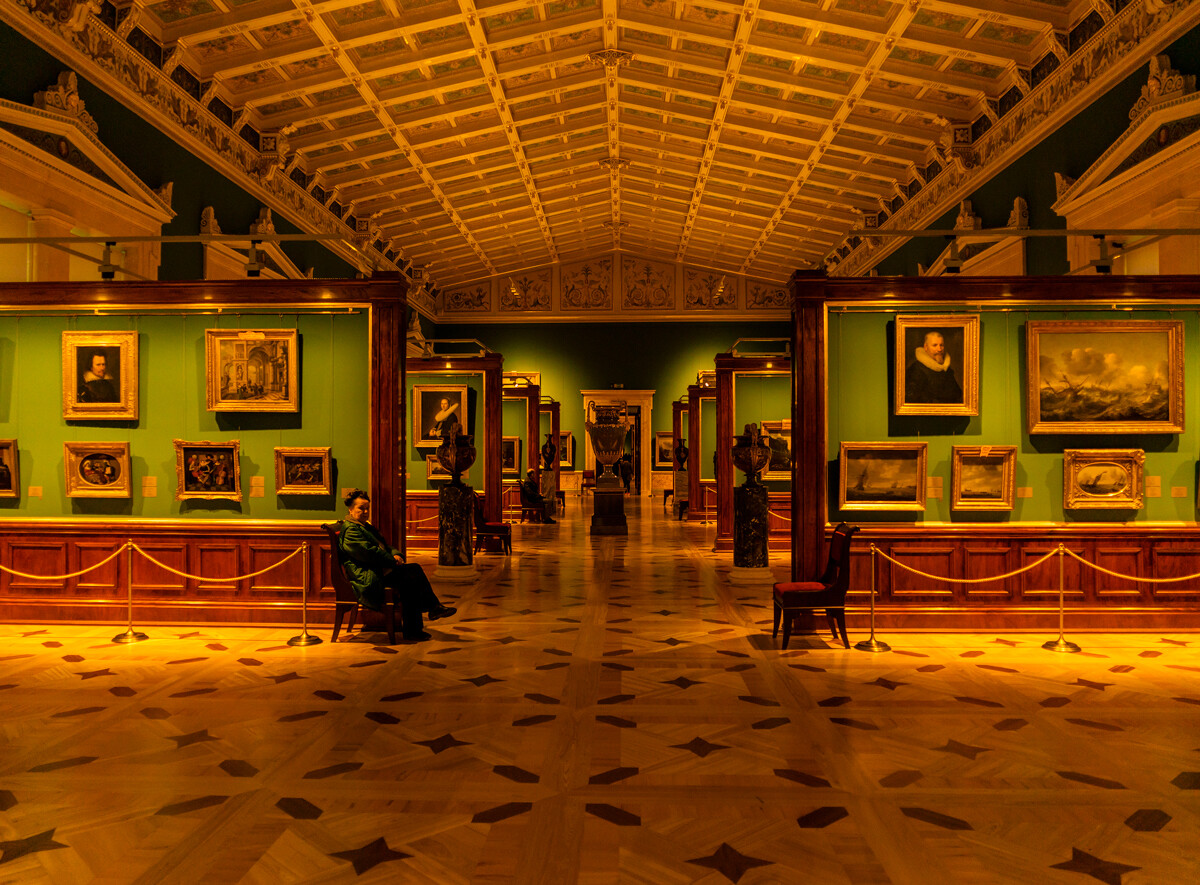
The Hermitage
Legion MediaOver the course of the 18th and the 19th centuries, the city was the center of cultural and political life in Russia. Its status as the capital “moved” from St. Petersburg to Moscow in 1918. However, in the public sphere St. Petersburg, due to its special status in the past, is often called a “capital” – the northern (because it’s located to the north from Moscow) capital or the cultural capital.
It’s believed that the first president of Russia, Boris Yeltsin, called the city the “cultural capital” when he transferred the fifth ‘button’ (meaning Channel 5) on national TV, historically reserved for St. Petersburg, to the Moscow ‘Kultura’ (‘Culture’) channel in 1997. Today, the phrase “cultural capital” is already a brand in itself.
Read more about this here.
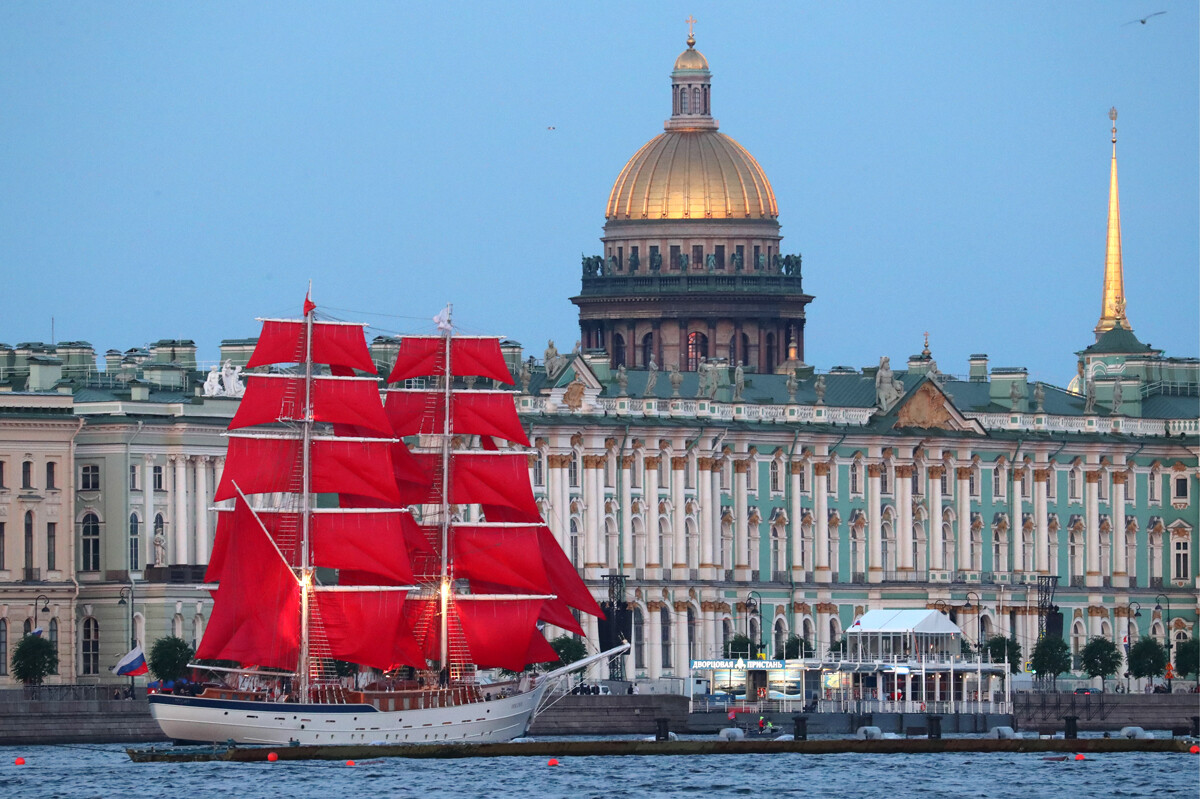
The Scarlet Sails festival on the Neva River
Pyotr Kovalev/TASSYou can catch the White Nights in Russia not only in St. Petersburg, however, you can spend them here most pleasantly. The soft summer twilight creates a romantic atmosphere for embankment walks and river and canal rides.
The White Night season in St. Petersburg lasts from the last week of May until the middle of July. The grandest city events are scheduled for that time – City Day (May 27), as well as the graduation celebration, Scarlet Sails (the third weekend of June), when the two-masted brig ‘Russia’ with scarlet sails solemnly enters the Neva River waters.
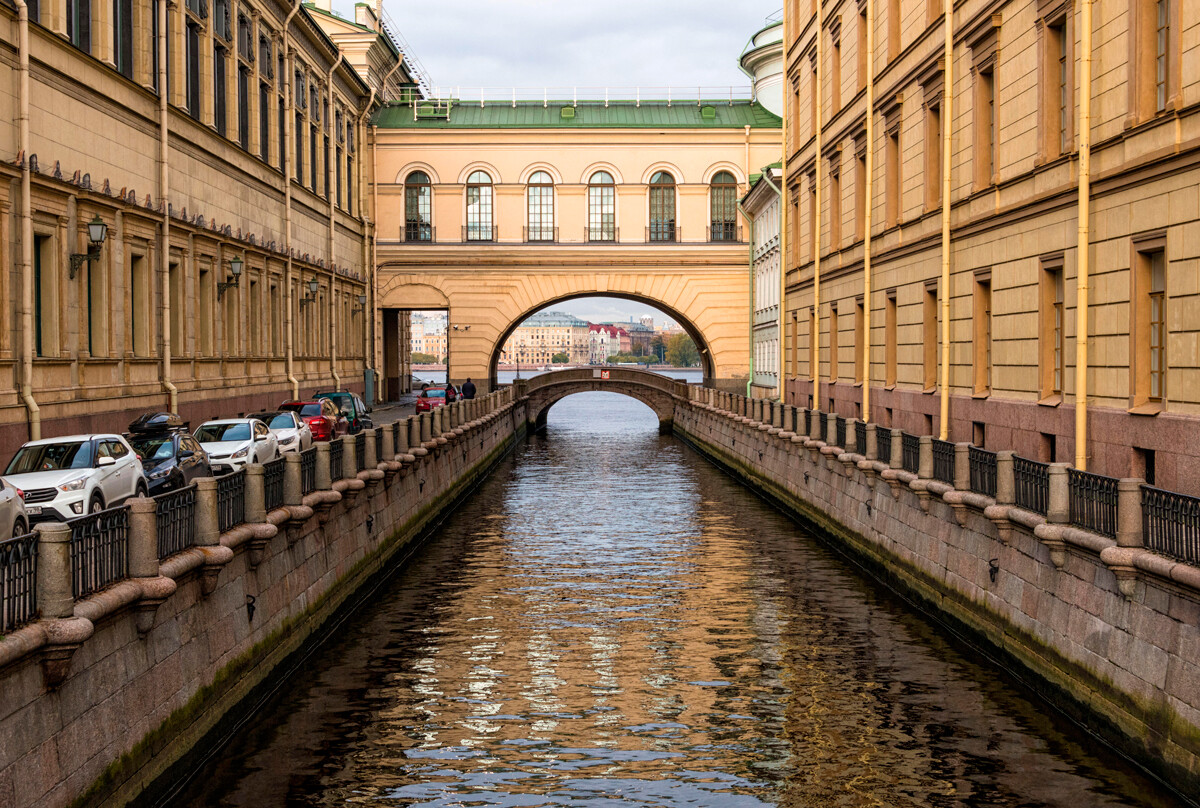
The Moika River
Legion MediaIt’s believed that French writer and explorer Théophile Gautier, who visited the Russian capital twice in the middle of the 19th century, was the author of this comparison.
There are similarities: both cities situated on islands, connected by a myriad of bridges; they both also fought off floods their entire history. Both cities are historical and cultural heritage sites of international importance. However, St. Petersburg was not modeled after Venice, but Dutch Amsterdam instead – at the time, it was a powerful European economic and cultural center.
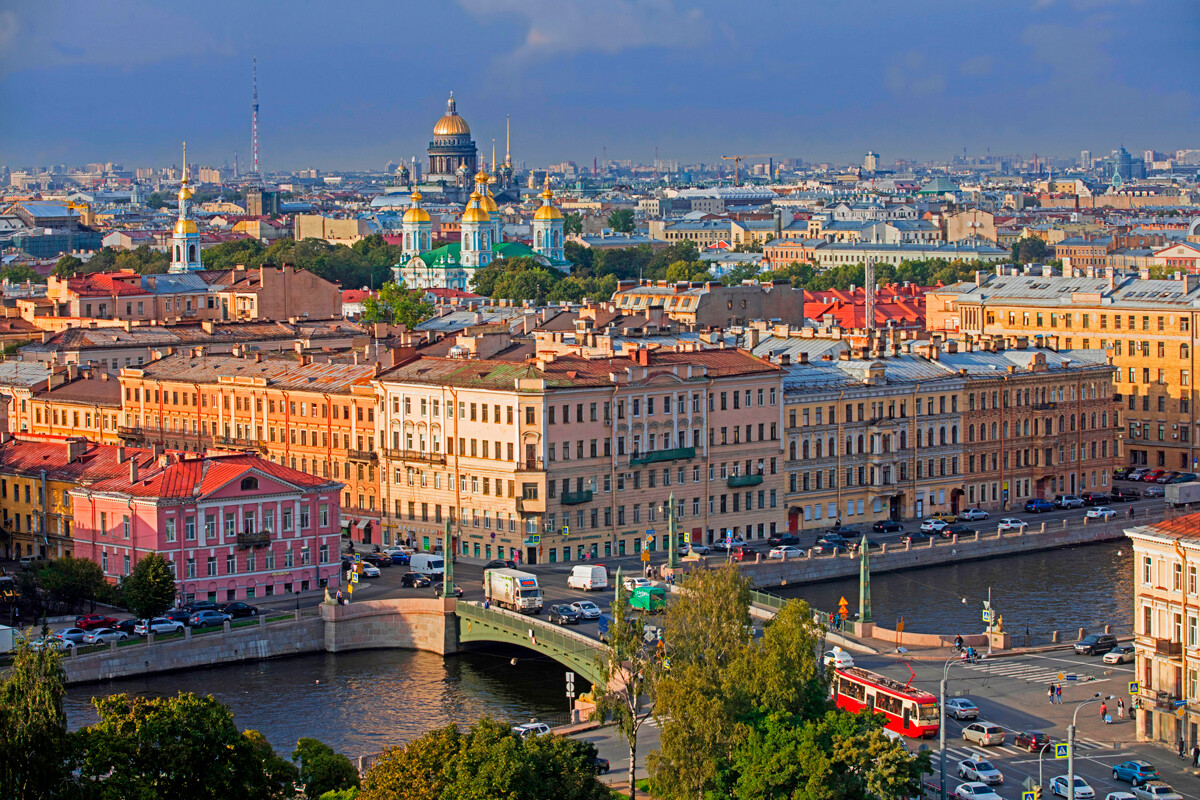
Petersburg architecture is full of Classicism style
Legion MediaIn 1751, Englishmen James Dawkins and Robert Wood made an expedition to the ruins of Palmyra. Their articles about the city of Antiquity and Zenobia, the queen of the Palmyrene Empire, gained large popularity in Europe.
The image of an ambitious queen, who created a powerful army and patronized culture, was to the liking of Russian Empress Catherine the Great and people began to call her ‘Baltic Zenobia’; the capital, respectively, was dubbed Northern Palmyra.
In the middle and the second half of the 18th century (Catherine the Great’s rule), Russia saw the rise in popularity of the ideas of Classicism, which drew inspiration from Antiquity, so the comparison of St. Petersburg to Palmyra successfully stuck.
Dear readers,
Our website and social media accounts are under threat of being restricted or banned, due to the current circumstances. So, to keep up with our latest content, simply do the following:
If using any of Russia Beyond's content, partly or in full, always provide an active hyperlink to the original material.
Subscribe
to our newsletter!
Get the week's best stories straight to your inbox